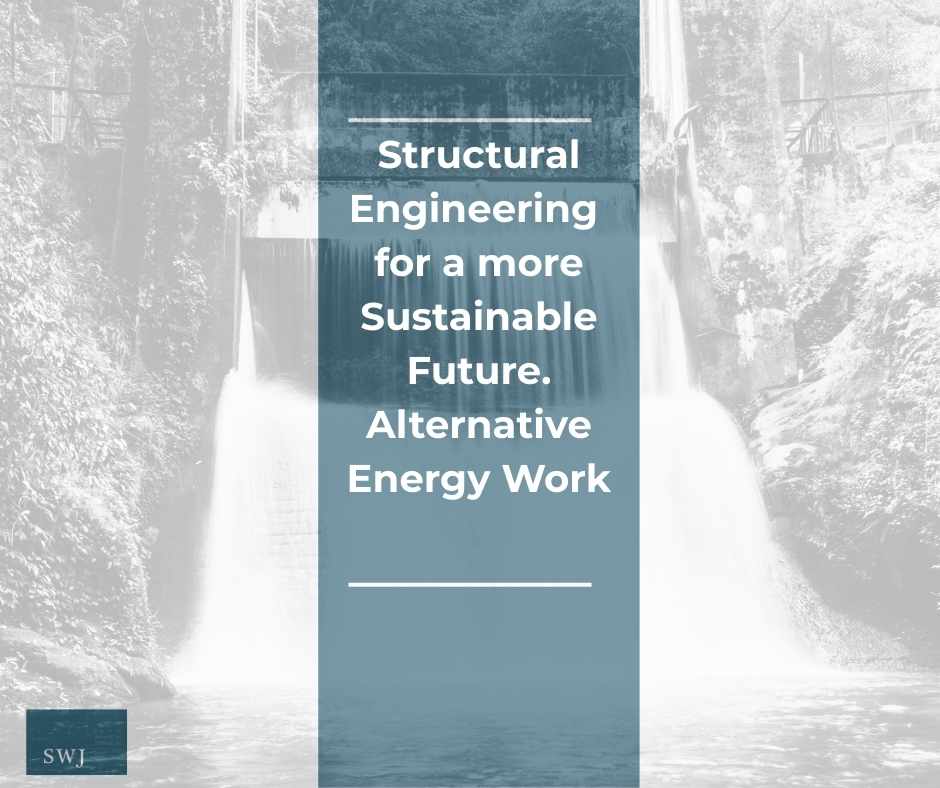Piled foundations are commonly given as the worst-case scenario and generally avoided because of the access, vehicles, materials, and expense needed to install them. We are often asked to value engineer, or contribute to an alternative tender bid, where piled foundations have been specified and the client is looking to add value to the project by finding a viable alternative. There are three common reasons for needing piled foundations, and once you understand these, you can see where there may, or may not, be an alternative foundation solution.
The three most common reasons for needing piled foundations are:
- The effects of trees
This can be mitigated against by making sure that you have done an appropriate site investigation, assess the existing trees (maybe with a specialist arboricultural survey) and their likely effects on foundations before submitting your drawings to the planners for approval. In this way you can avoid applying for planning in a place where the presence of existing trees would mandate the use of a piled foundation.
- Running sands
Running sands occur where the water table is so high in granular soils that there is nothing to stop the foundations from caving in as you are trying to dig them. Some contractors may try to use a dig-and-pour solution, but warranty providers want to see the bottom of the dig, and they will not accept a dig-and-pour solution for the foundations. At that point, the only safe option is to either use a raft foundation or to go back to a piled solution so that you are not trying to dig through the weak/running sands into the stronger underlying soils, because it simply isn’t safe to do so.
If you have running sands, where we can’t even dig trenches to put ground beams over piles, we would then revert to what we call a piled raft. These are similar in design to your kitchen table; the piles would be the legs of the table, and the raft would be the top. We’ve used those in several cases where running sands have been an issue.
Our preferred solution is a ‘buoyancy’ raft floating on the watery sand or gravel, without the use of piles, but occasionally the building is too heavy, and the soils are too weak. The governing criteria is the gross bearing capacity of the soil. If the soil is really loose and full of water, you might be lucky and get an allowable bearing pressure of 30 or 40 Kilonewtons per square metre.
At that point the pressures under the external walls and any internal load-bearing walls may be considerably greater than the soils can support, even though the raft will redistribute some of those loads. To even out the load distribution, you can employ a stiffer raft, but to do so will result in a thicker slab. A consequence of the thicker slab will be that a lot of the allowable bearing pressure will be taken up with the self-weight of the concrete itself. It is for this reason that concrete rafts are not always able to support the weight of a house, or whatever else you’re putting on it, and at that point, you then revert to a piled raft.
- Or weak soils, where the ground is just terrible
You have more choices with weak soils, as we can look at various forms of ground improvement.
Where soft clays are present, it might be possible to strengthen soils by soil mixing; combining the existing clay with chalk, or in some cases, cement, to increase its stiffness, and this will allow a traditional foundation or raft solution to be implemented.
Really soft clays are not suitable for other forms of ground improvements such as vibro-compaction. Vibro-compaction densifies granular soils using a downhole vibrator, water and additional replacement materials. Soft clays are not capable of allowing the column to be formed by the vibrator without a narrowing of the opening, known as ‘necking’, before the replacement material is added. Something similar can happen when you’re forming piles, but you can encase a pile with a steel tube to prevent the same phenomenon occurring.
If you are dealing with reasonably stiff clay or loose gravel, then suitable ground improvement options are generally rigid inclusions, where concrete columns are inserted into the ground to compact the surrounding soil, or a vibro-compaction solution. If you’ve got the space, and you’re not going to upset the neighbours by vibrating everything, then rolling dynamic compaction might also be an alternative for loose granular soils.
Clays are less suitable for rolling-dynamic compaction as it depends on their porosity. If you can’t get the water to move out of the soils quickly enough, then rolling-dynamic compaction isn’t suitable.
If you’ve got peat, there’s not a lot we can do because the dead and decaying plant material will continue to decompose, and the ground will shrink over time. At that point, your only real option is piled foundations.
SWJ Consulting has come across many sites where piled solutions have been specified as the answer to worst-case scenarios, but with further site investigation, arboricultural investigations, or appropriate ground improvements, we have been able to offer more efficient, but equally effective solutions.
If you engage with us in the early stages of a project, we can look at all the options available to you through thorough investigation and a pragmatic approach, sometimes digging the holes ourselves, to save clients time, money, and materials.
If you would appreciate some advice, value engineering, or are considering an alternative tender bid, please do get in touch on 01993 225085 (Witney, Oxfordshire), Southampton 02381 920656 or mail@swjconsulting.co.uk.




